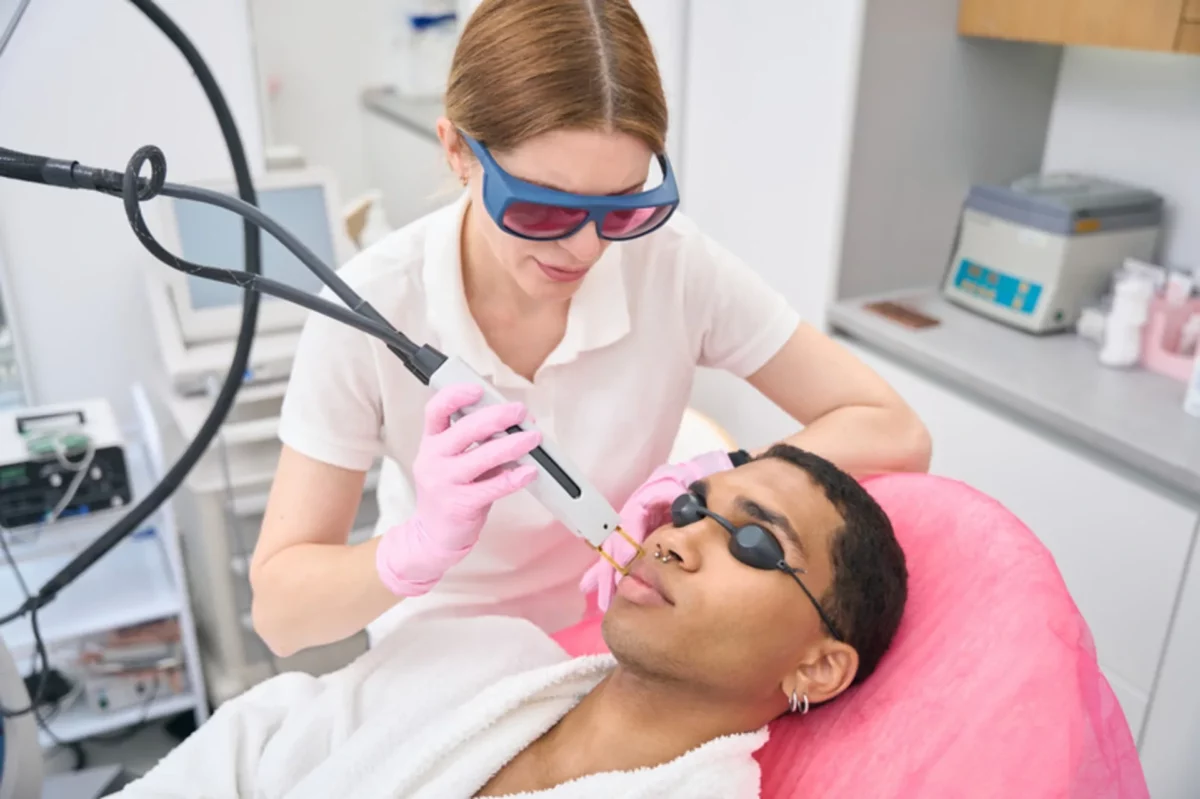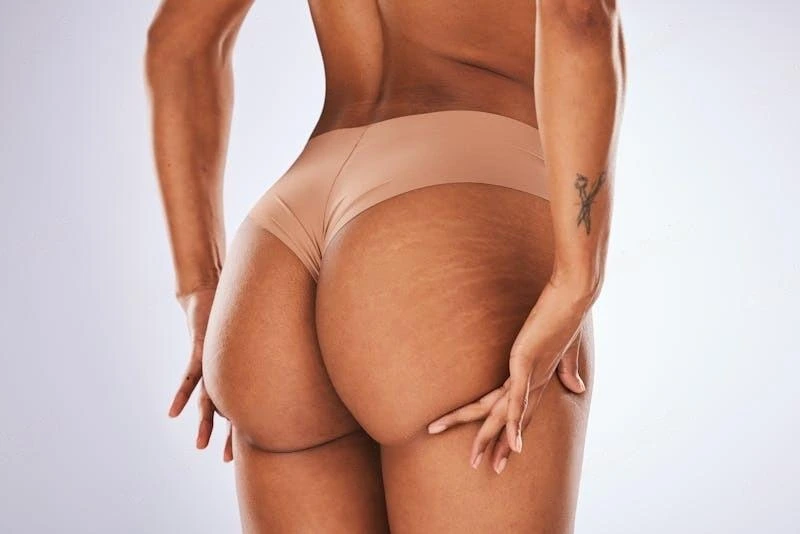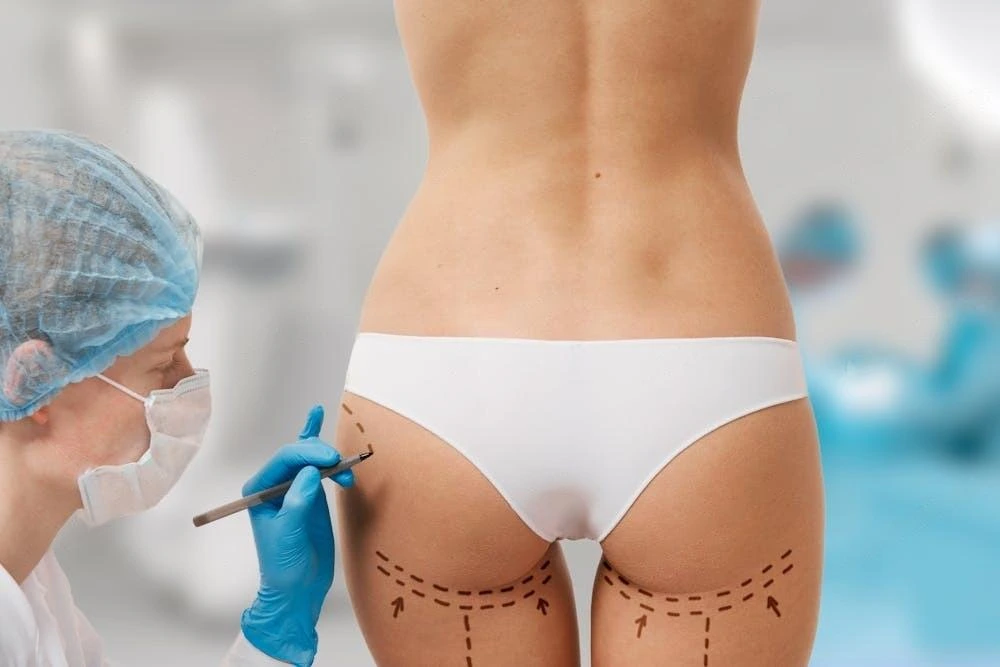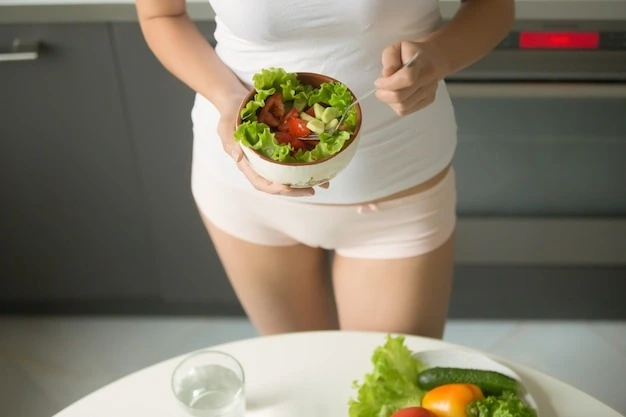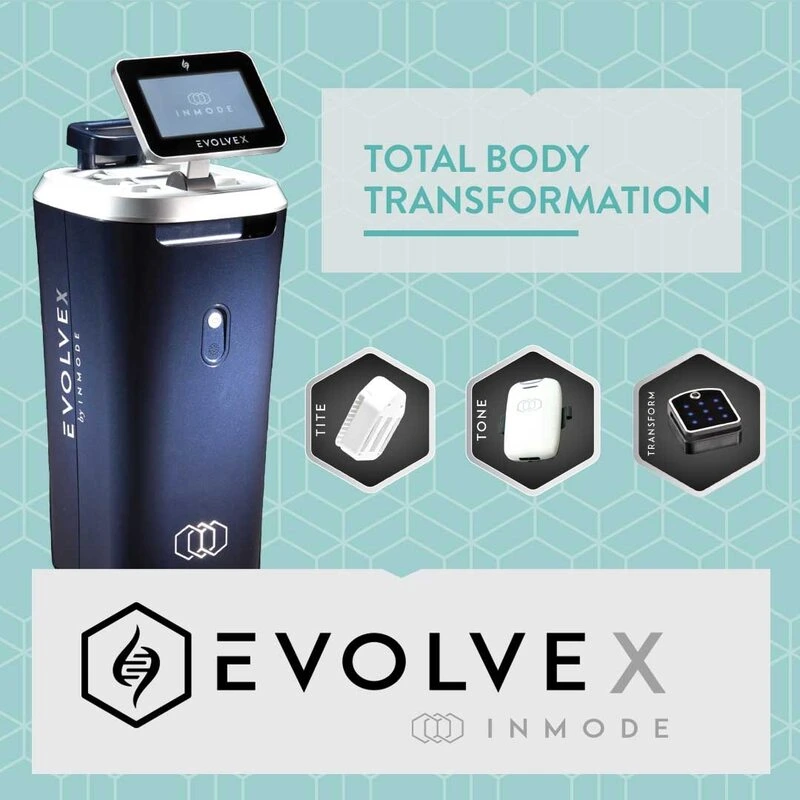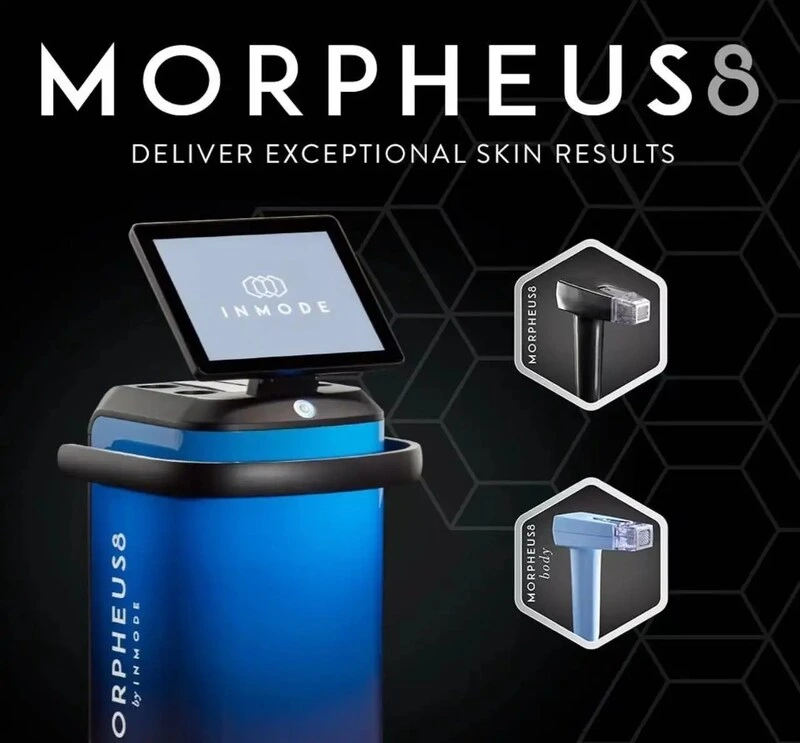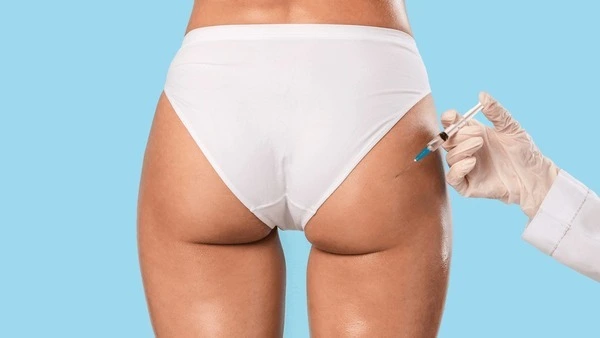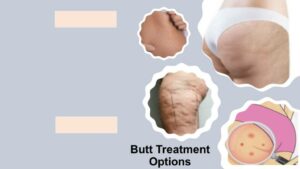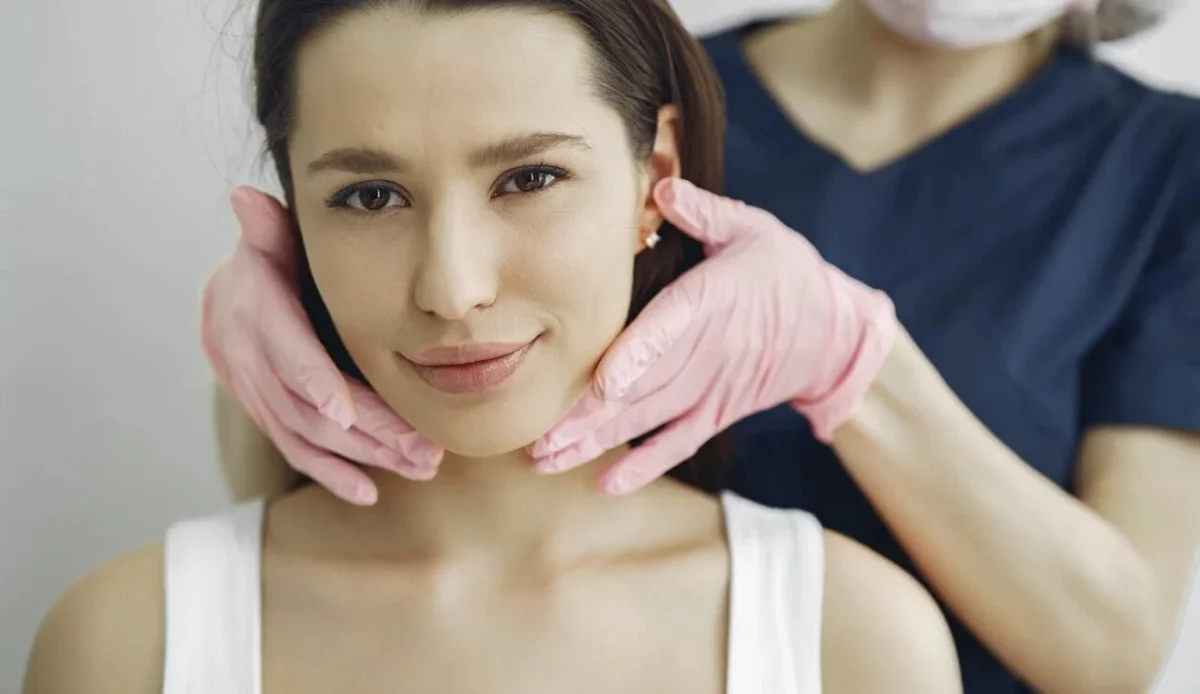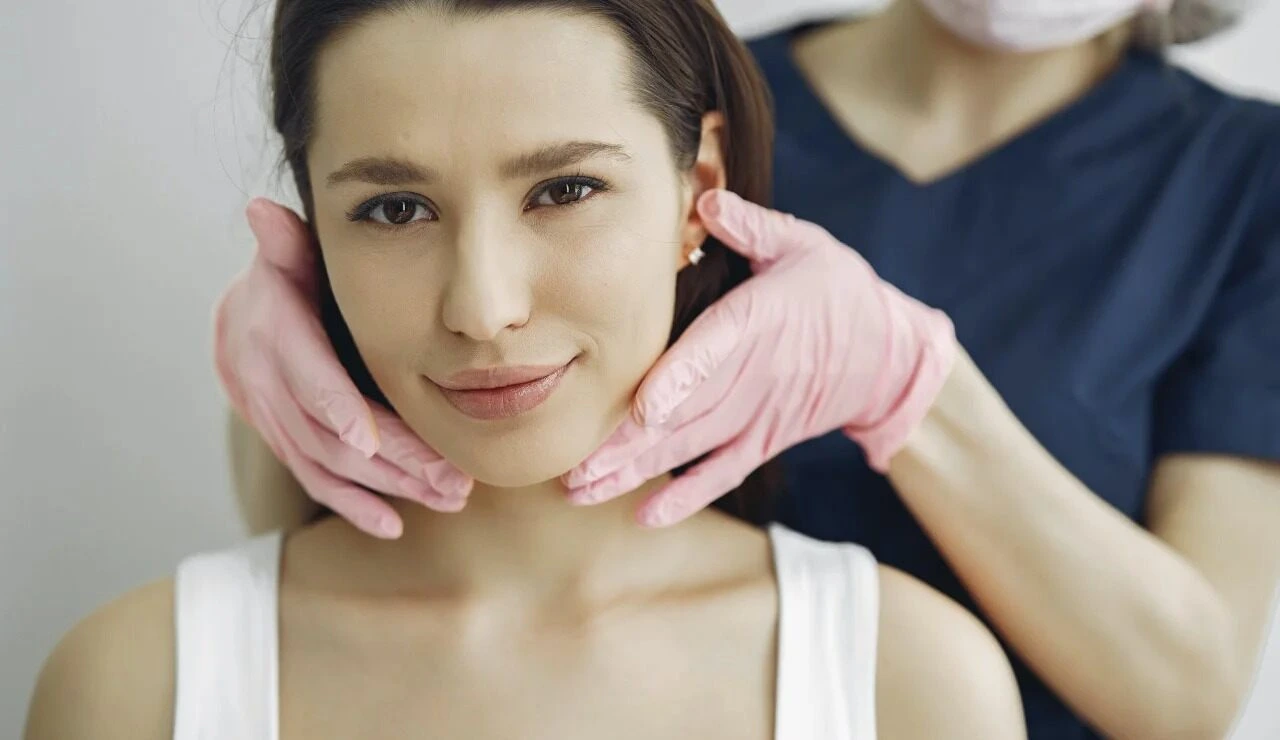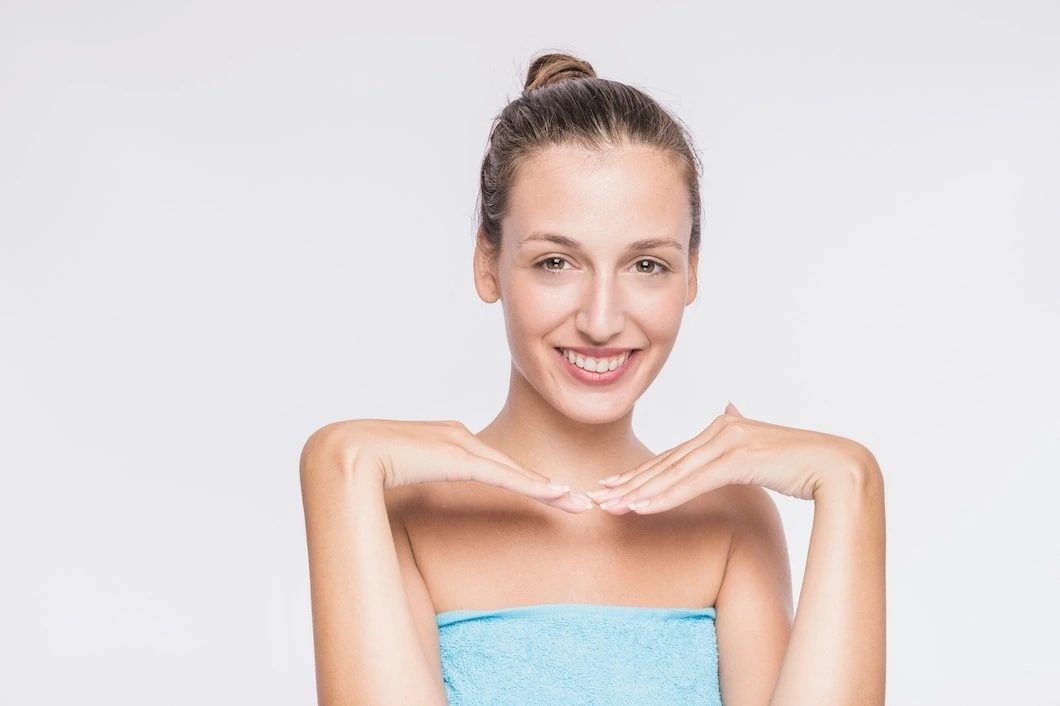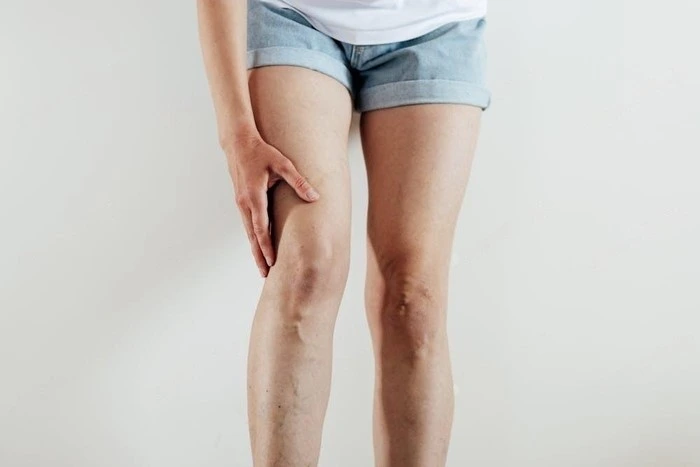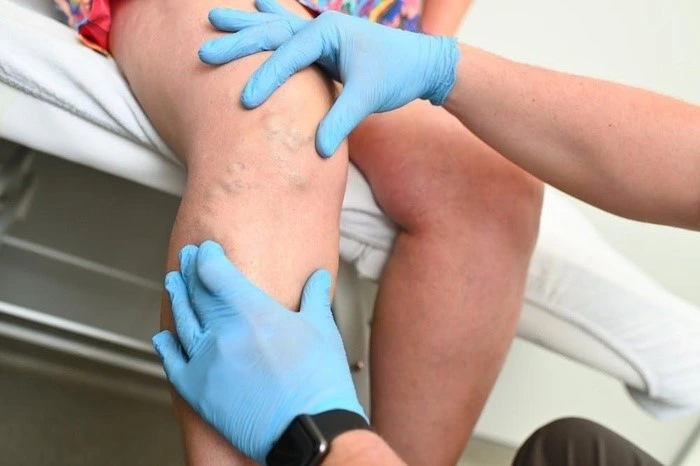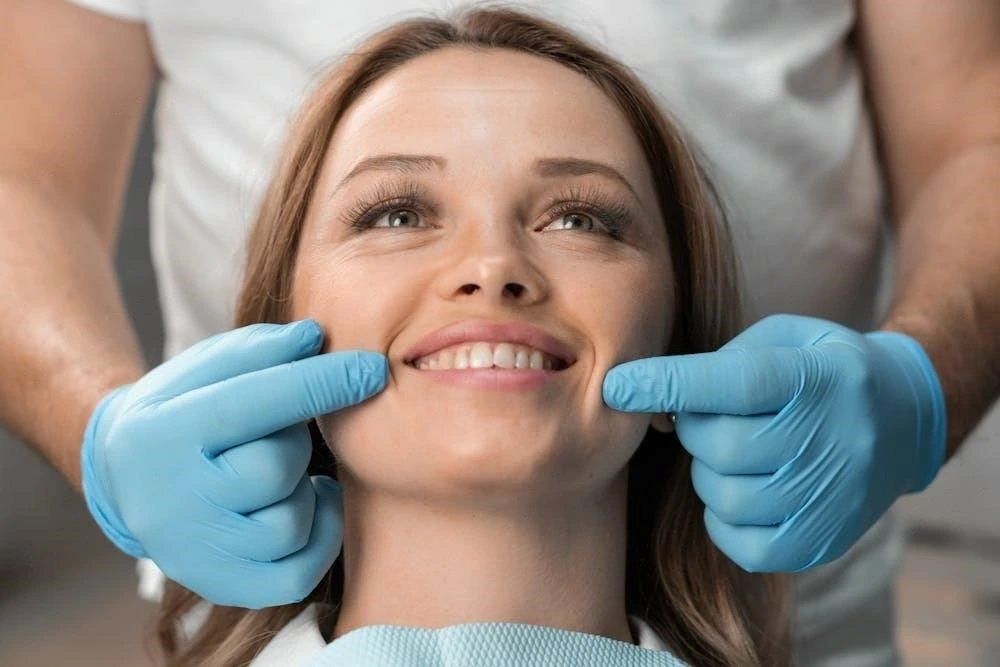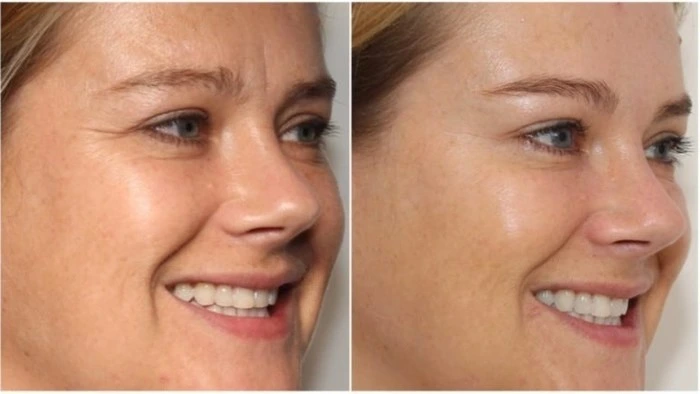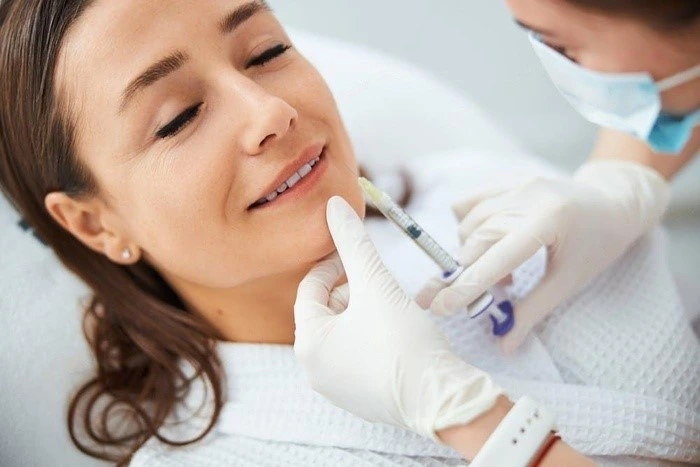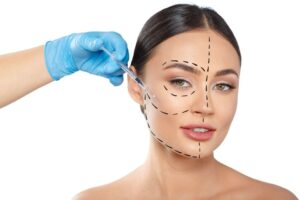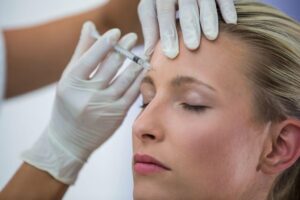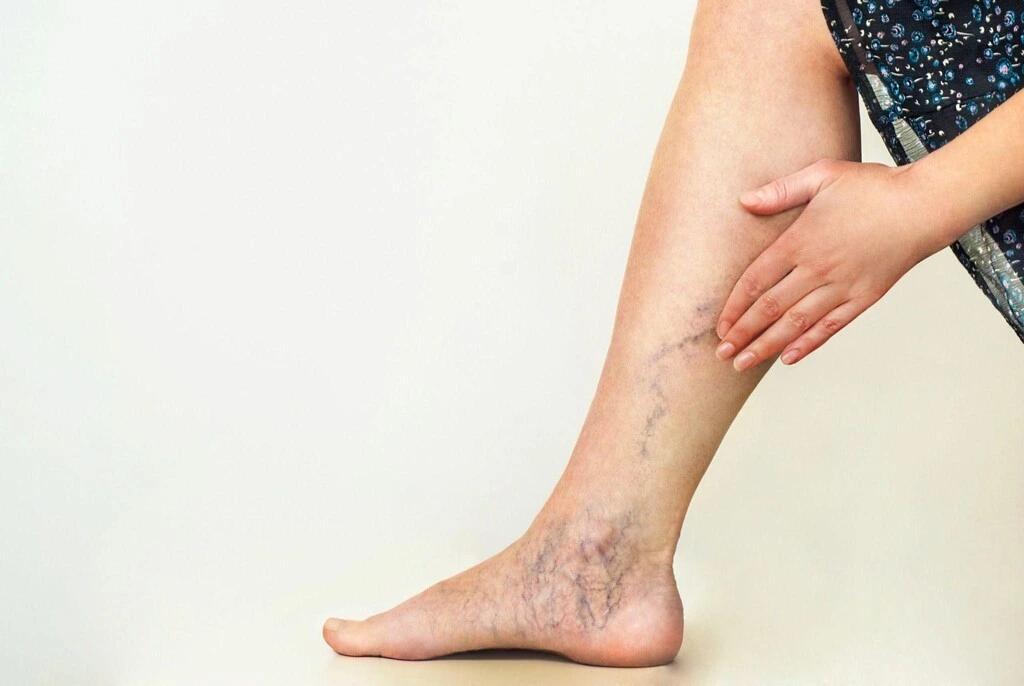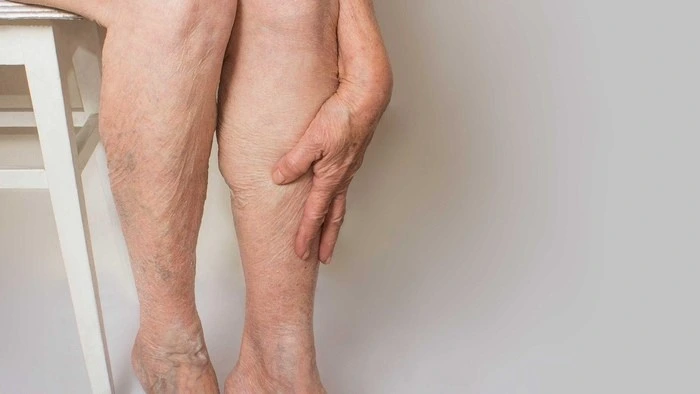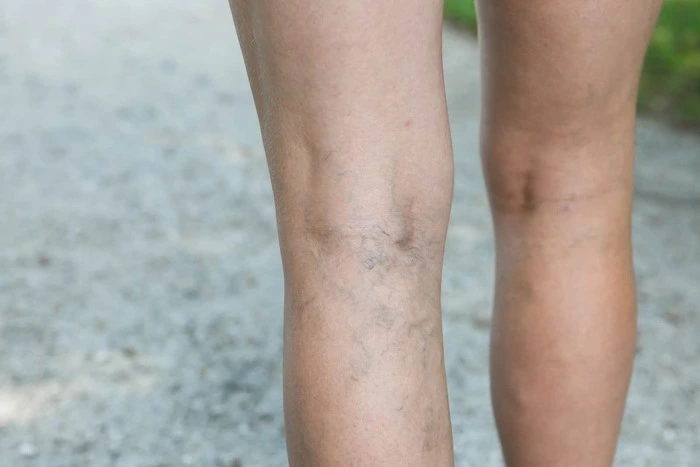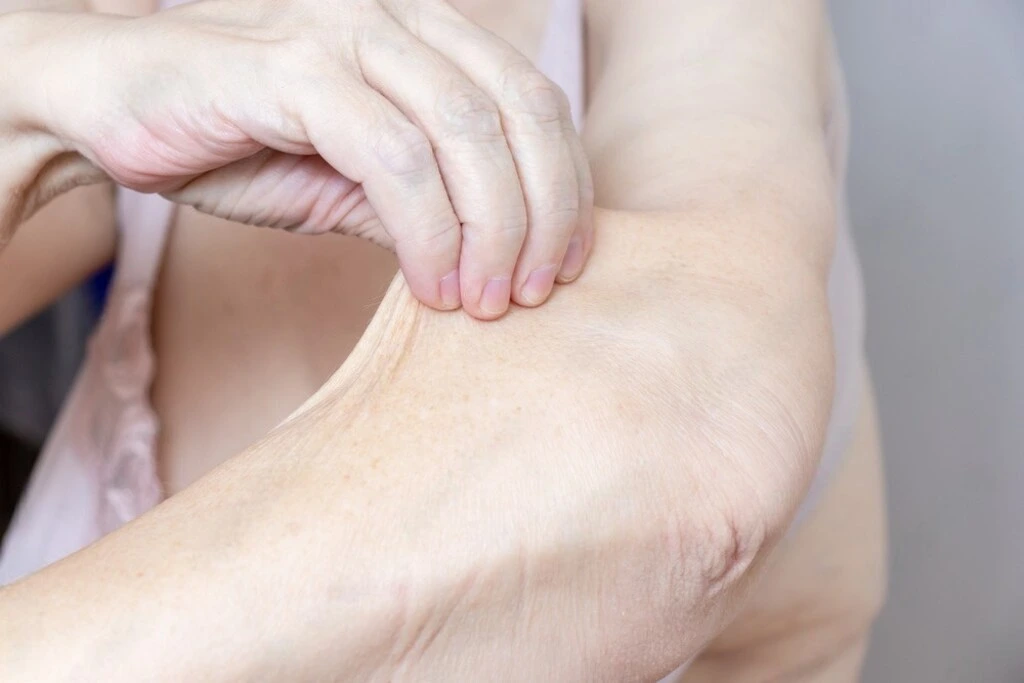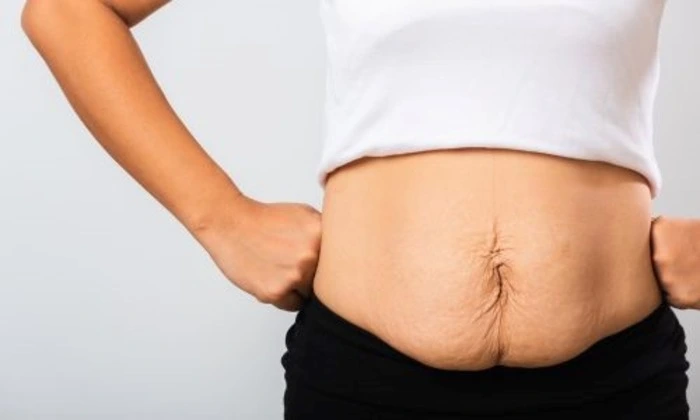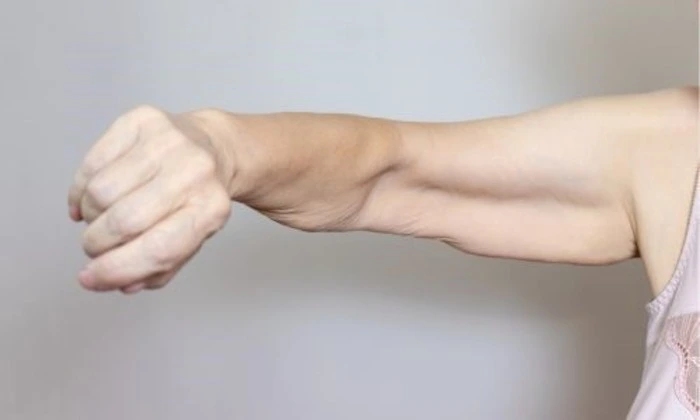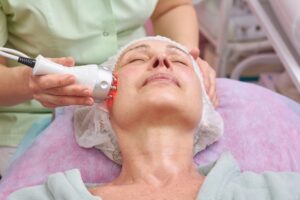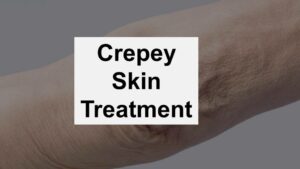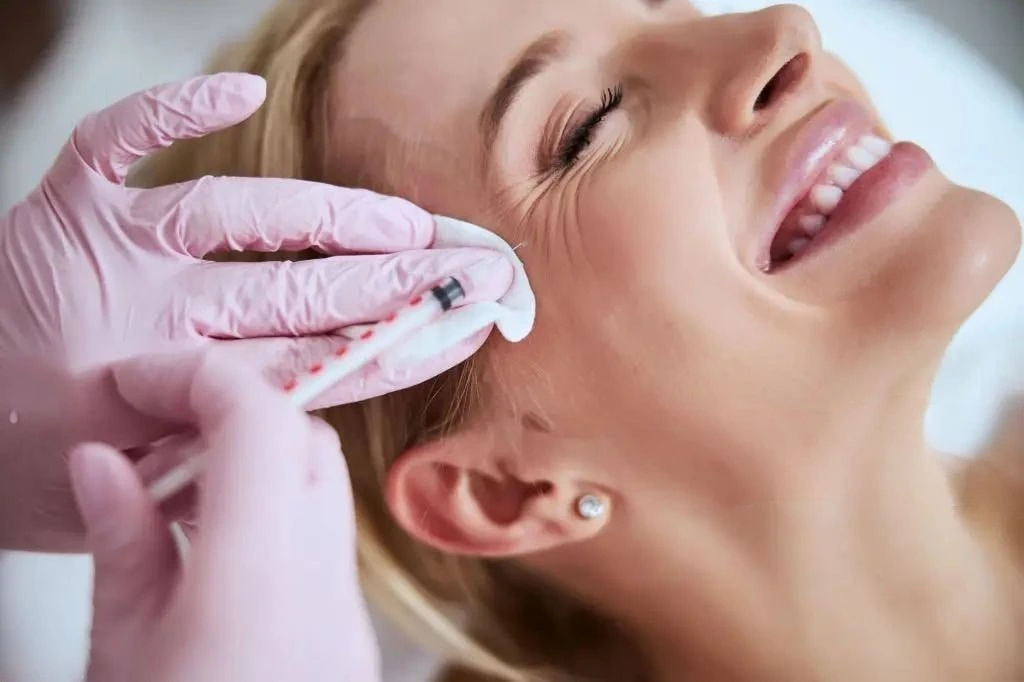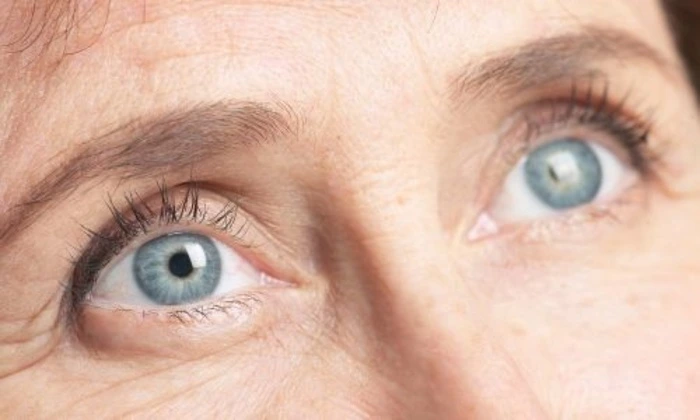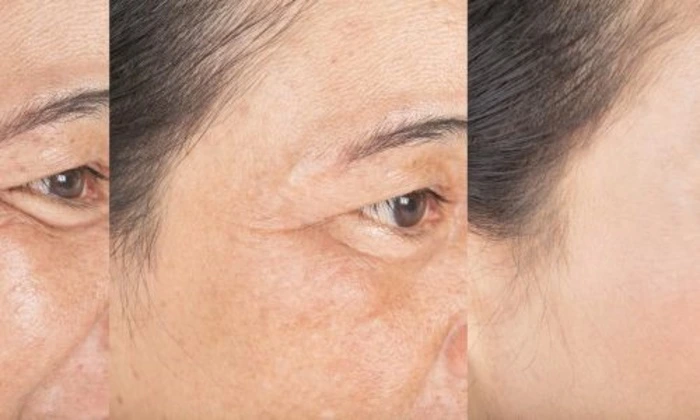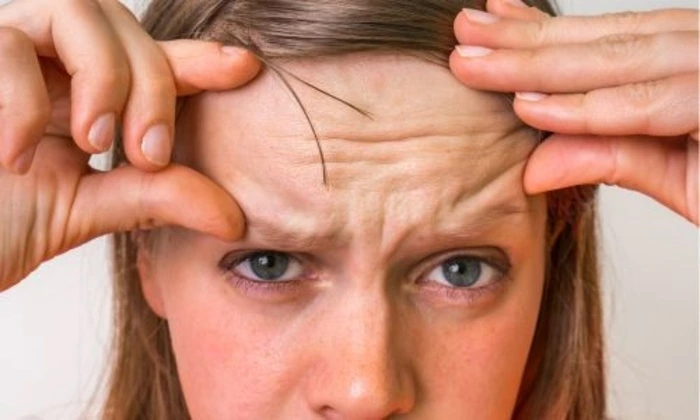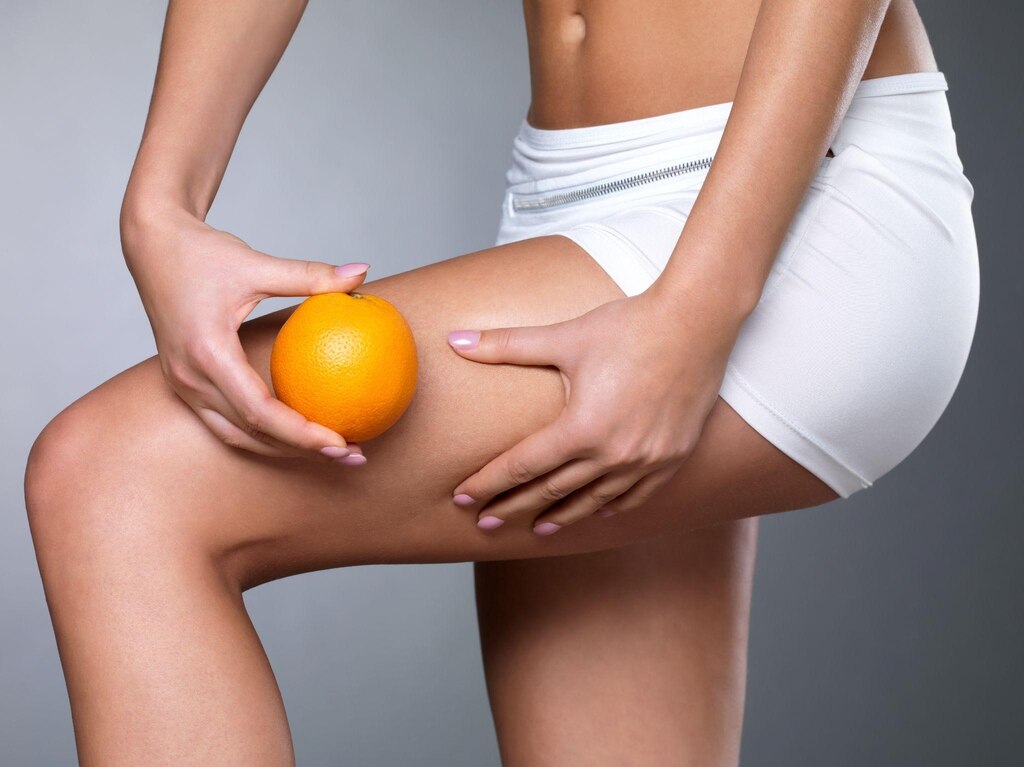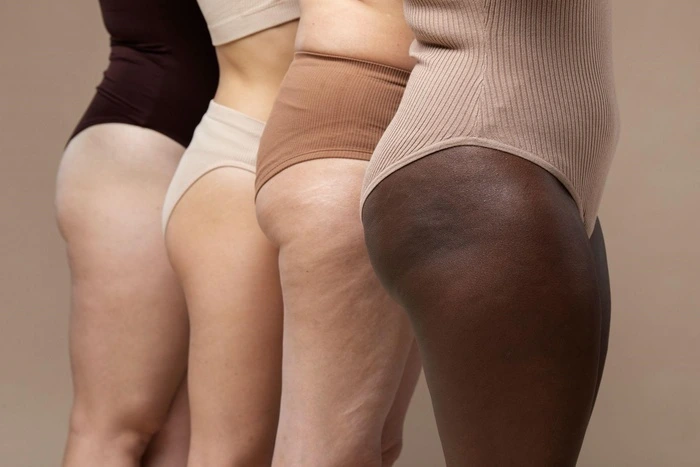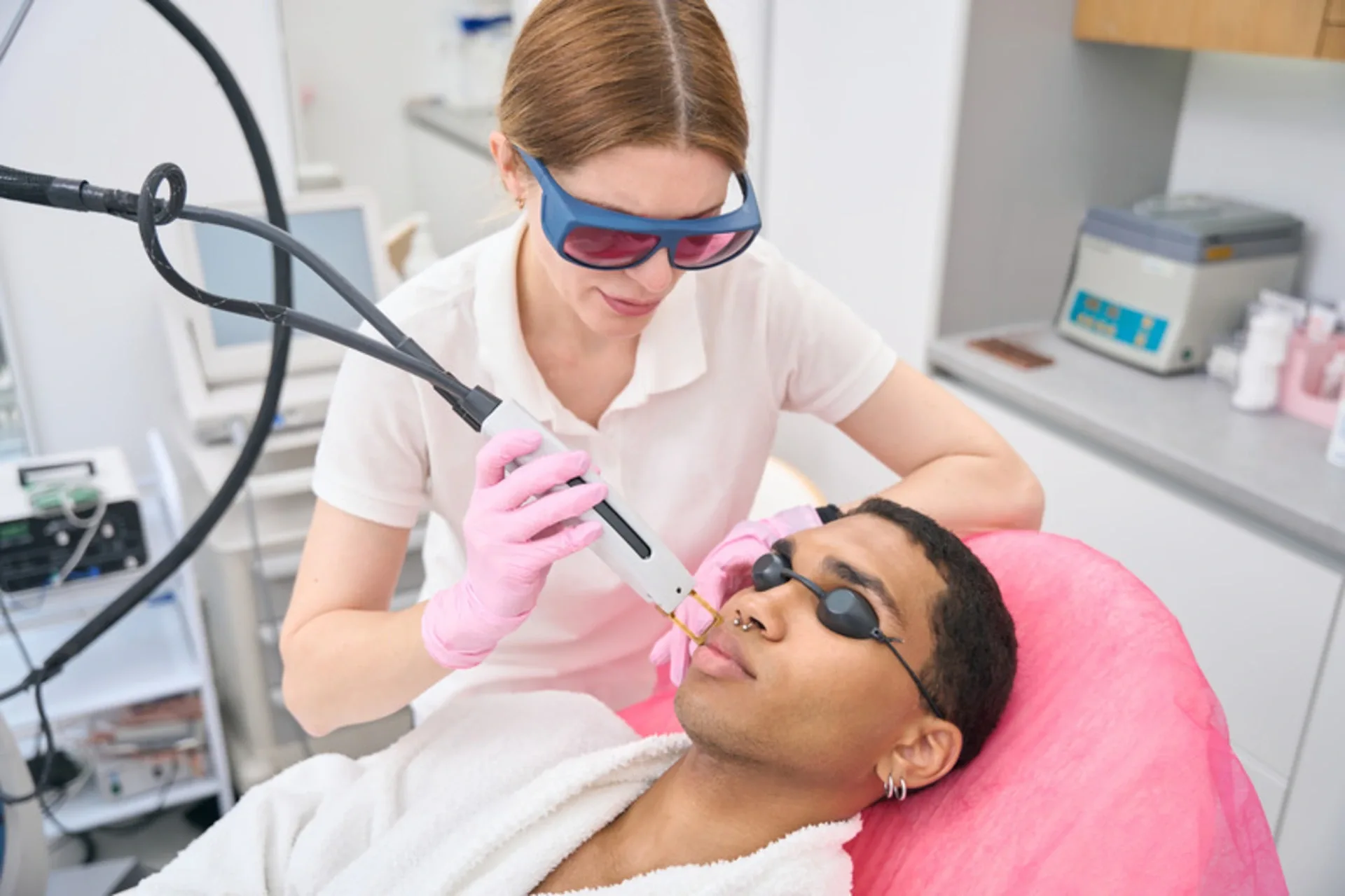
Understanding Laser Hair Removal: Myths and Pain Levels
Laser hair removal is a modern and effective way to achieve long-term smoothness, replacing traditional hair removal treatments like waxing or shaving.
Many wonder, “Does laser hair removal hurt?” The answer varies, as pain levels depend on individual sensitivity and the treated area.
While some describe a mild snapping sensation, it’s generally more tolerable than waxing. Advanced cooling technologies help minimize laser hair pain.
By addressing common misconceptions, we aim to provide clear insights and set realistic expectations about this popular cosmetic procedure.
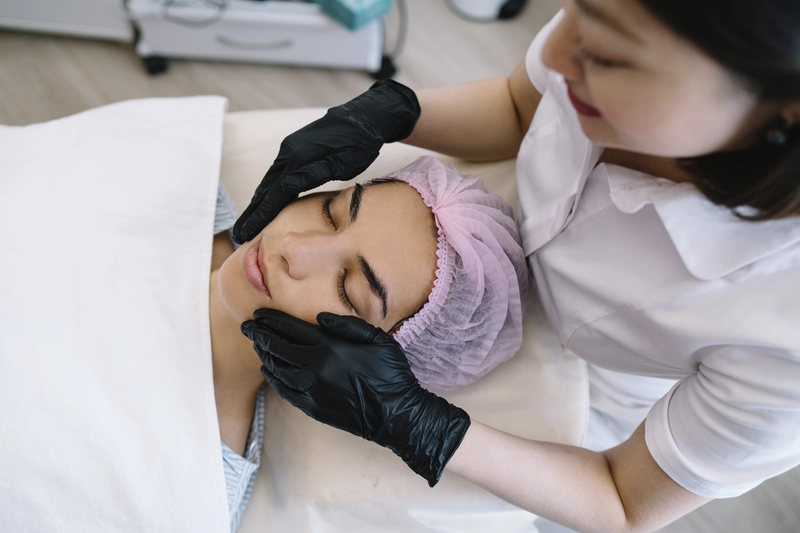
What Does Laser Hair Removal Feel Like?

Curious about what laser hair removal feels like? Many describe the sensation as a quick snap, like a rubber band against the skin.
The laser hair removal pain level depends on the treatment area and individual pain tolerance. Areas with sensitive skin, like the bikini line, may feel more intense.
Modern lasers use advanced cooling technologies to reduce discomfort during the session, ensuring a more comfortable experience for all skin types.
Most people find the procedure manageable, especially compared to waxing. The brief sensation is often worth the long-lasting, smooth results.
Pain Scale: How Different Areas Feel During Laser Hair Removal
The laser hair removal pain level depends on the area being treated. Some spots are more sensitive than others.
Laser hair removal on the stomach is generally moderate in discomfort due to thicker skin. Most find it tolerable without numbing cream.
Laser hair removal on legs pain is milder compared to sensitive zones. The thicker skin makes the treatment more comfortable in most cases.
However, areas like the bikini line and upper lip are considered painful areas due to thinner, more delicate skin.
Despite the variation in pain levels, advanced cooling systems and expert techniques help reduce discomfort across all treated areas.
Laser vs. Waxing: Comparing Pain and Results
Many find laser hair removal less painful than waxing, which involves pulling hair from the root.
While waxing causes a sharp, immediate sting, laser treatment painful sessions feel more like a mild, snapping sensation.
With modern technology offering painless hair laser removal, the discomfort is further minimized using cooling systems for added comfort.
Unlike waxing, laser treatments provide longer-lasting results, making the brief discomfort worth it for smooth, hair-free skin.
Factors Influencing Pain Levels
Wondering why laser hair removal hurts more for some? Discomfort varies due to factors like pain tolerance and skin sensitivity.
Areas with thin skin, like the upper lip or bikini line, are naturally more sensitive, leading to higher levels of discomfort.
Wondering why laser hair removal hurts more for some? Discomfort varies due to factors like pain tolerance and skin sensitivity.
Thicker hair absorbs more laser energy, which can intensify the sensation during treatment. Individuals with sensitive areas may feel mild stinging.
Fortunately, advanced cooling systems and numbing options can help minimize discomfort, ensuring a tolerable experience for all.
Understanding these factors helps you prepare for a smoother, more comfortable treatment tailored to your needs.
How to Make Laser Hair Removal Less Painful
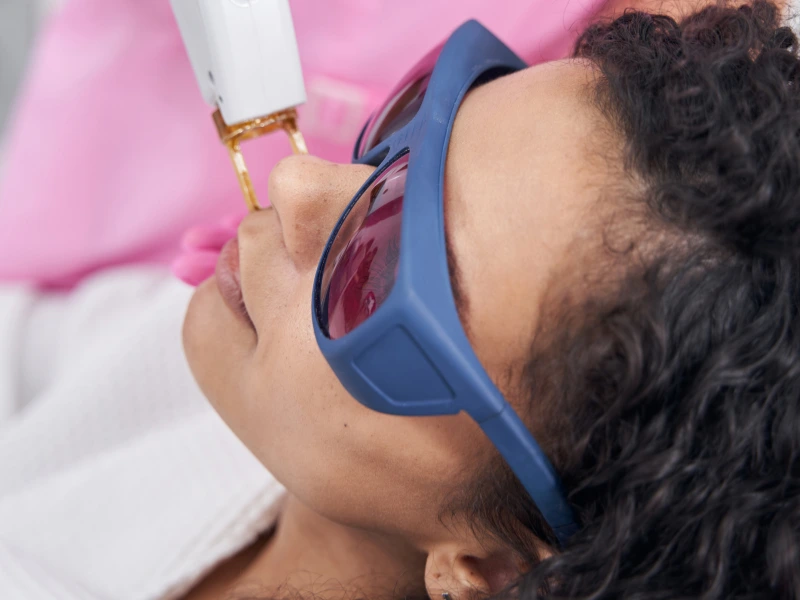
Reduce discomfort during your laser hair removal session with these practical tips:
- Apply numbing cream before the session to desensitize the skin and ease any discomfort.
- Use cooling technologies integrated into modern lasers to soothe the skin during treatment.
- Avoid skin irritants like harsh exfoliants or sun exposure before your appointment to prevent extra sensitivity.
- Communicate with your provider if the sensation feels intense, so they can adjust the laser settings.
- Stay hydrated and moisturized to keep your skin healthy and reduce the risk of skin irritation.
These strategies ensure a more comfortable experience and help achieve non painful laser hair removal results.

FAQs:
Does laser hair removal hurt less each time?
Yes, the discomfort decreases as hair becomes finer and follicles weaken with each session.
Is laser hair removal sore afterward?
Some patients feel mild soreness similar to a sunburn, but this subsides within a few hours to a day.
Is laser hair removal harmful in the long run?
When performed by professionals, it’s safe. Advanced lasers minimize risks while delivering effective results.
Does laser hurt more than waxing?
No, laser hair removal is often less painful than waxing, which pulls hair from the root in one quick motion.

Conclusion: Does laser hair removal hurt?

The discomfort is minimal and temporary, while the benefits of smooth, hair-free skin last for months. With advanced techniques and expert care, laser hair removal is a safe and effective solution for long-term hair reduction.
Ready to experience the benefits? Book a consultation today to receive personalized advice and a painless hair removal treatment at SPade skin care in Los Angeles CA tailored to your needs.

